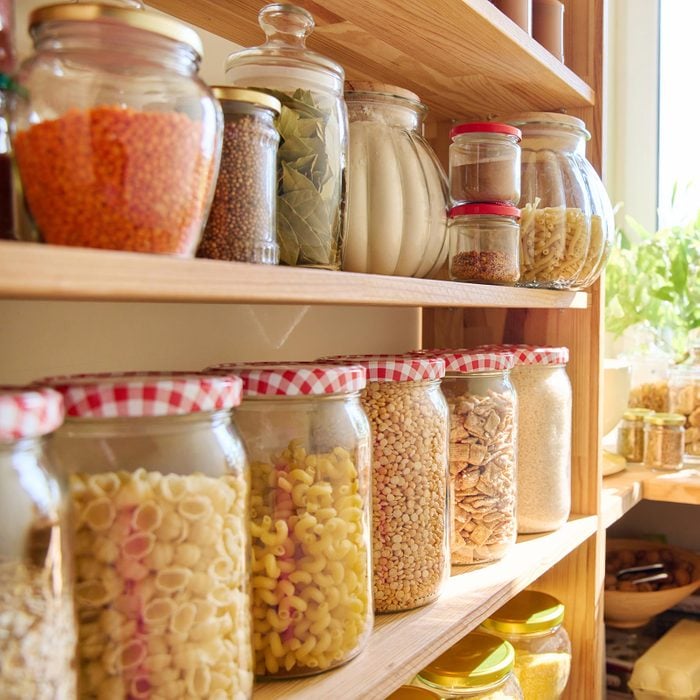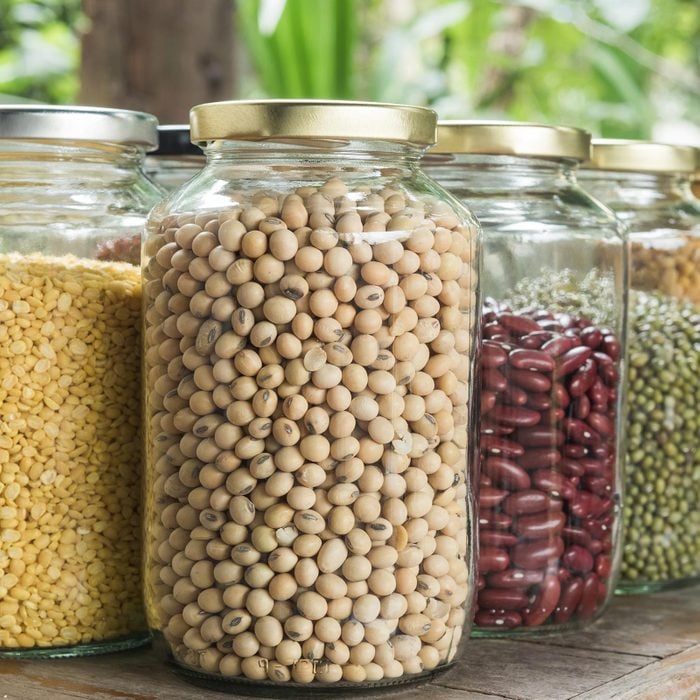
Dried Pulses
Beans and lentils are classic kitchen staples. However, many people opt to buy canned varieties. While the cans are convenient, dried pulses are much more cost-effective and still deliver the same high protein and fiber content. With just a little time management to let them soak, you’ll be rewarded with consistent savings at the register.
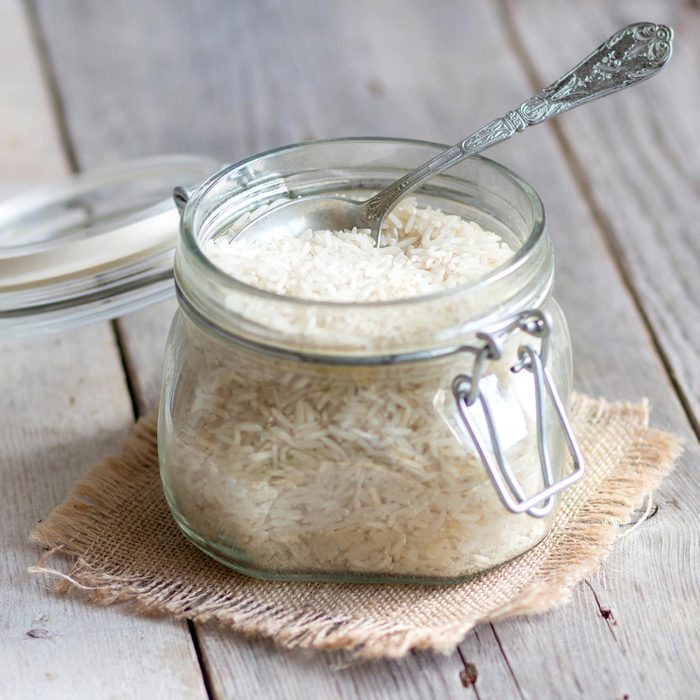
Rice
Many shoppers are familiar with the big bags of rice plopped into grocery carts, but rice can often be bought in bulk (like beans), yielding even greater savings. White rice tends to be the cheapest and, when combined with beans, produces a complete protein. This makes it an extremely affordable and filling substitute for pricier animal proteins. Or, make rice the star of the dish and bulk it out with some meat for flavor.
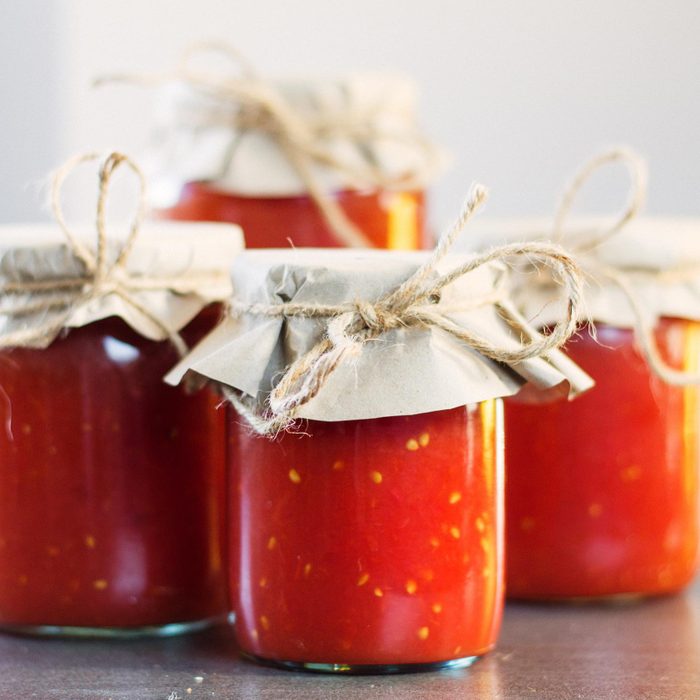
Tomato Paste
Tomato paste may seem like an unusual inclusion, but hear me out: it’s often cheaper than its canned sauce counterparts and adds a rich depth of flavor to soups, stews, braises and chilis. Whenever you open a can, scoop out tablespoons to freeze for easy portioning and less food waste.
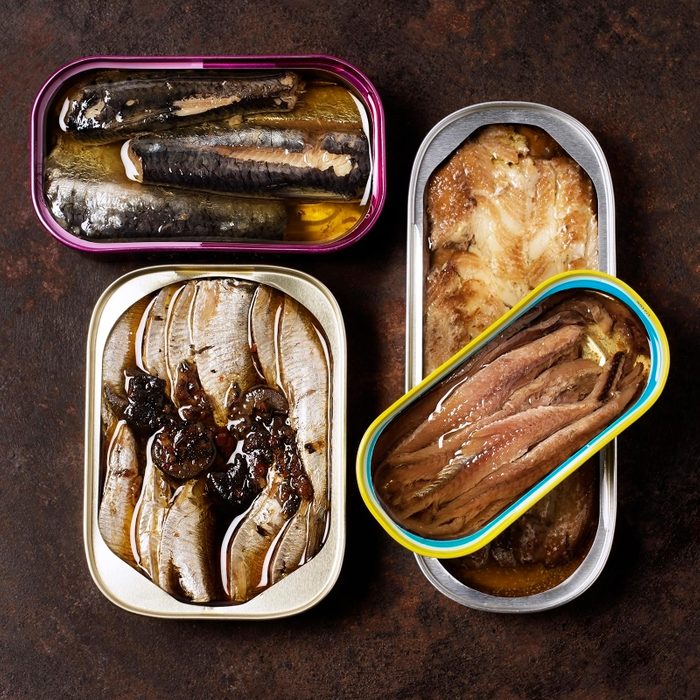
Tinned Fish
Tinned fish is having a major moment! Beyond its newly chic image, its rise in popularity is due to its low price point, savory flavor and healthy omega-3s. For maximum deliciousness, try to find fish tinned in oil, which can be used to impart umami to sautéed veggies and spreads.
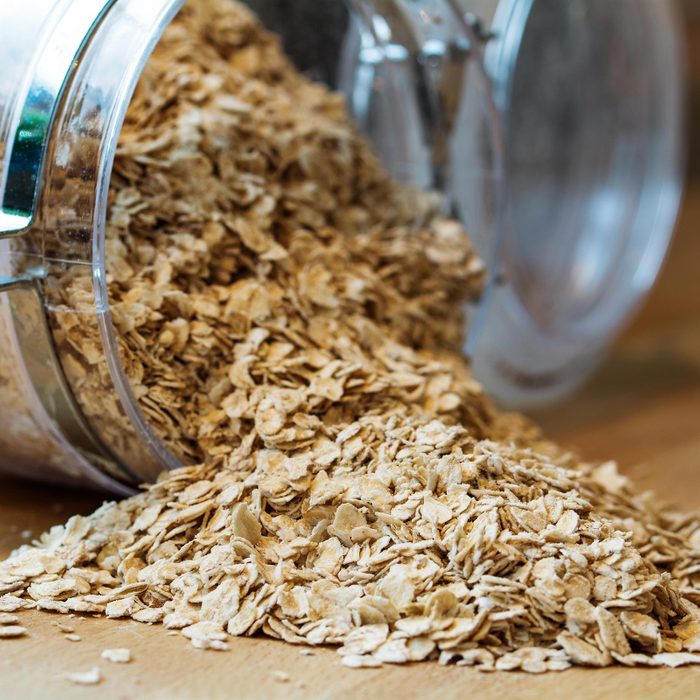
Rolled Oats
Some classics are classics for a reason. Yes, rolled oats are fabulous for making grandma’s porridge, but they’re also key for homemade granola—a traditionally pricey sweet treat—and can even be ground to use as a healthy flour in baked goods or savory fritters and meatballs.
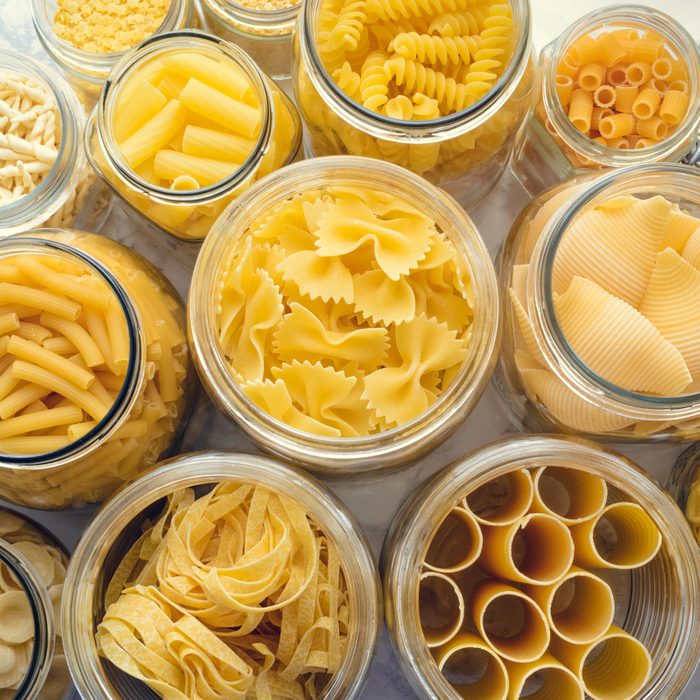
Dried Pasta
Who doesn’t love this filling, reliable staple? Families have been turning to pre-made pasta for decades to feed the masses. Today, we have more variety available than ever before. To mix it up, try a whole-wheat variety, one made with lentils to sneak in protein, or even just a new shape, like gnocchi (yes, you can buy gnocchi dried!). With the right additions, even a box of Barilla will feel fancy enough for date night.
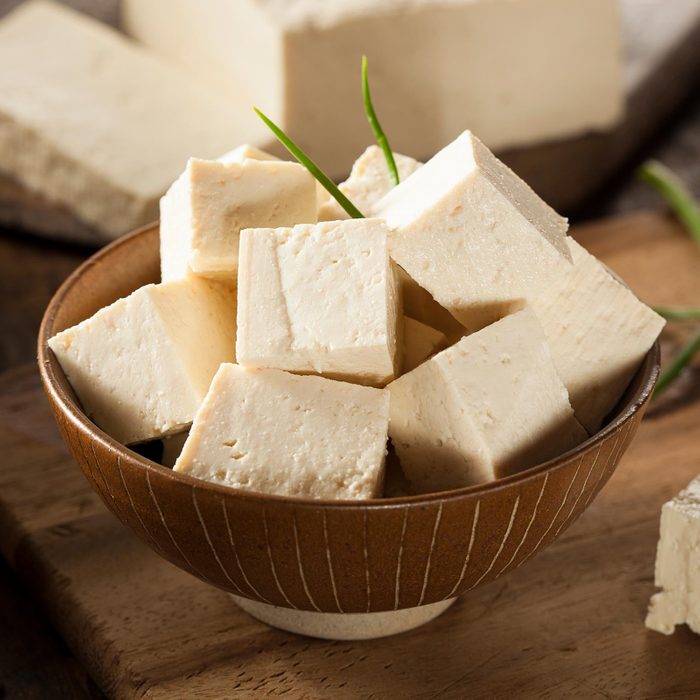
Tofu
This isn’t technically a pantry item, but it’s still a money-saving star. At just one dollar per pound, tofu is a much more affordable protein than meat. It lasts weeks in the fridge and can be used in almost any meal due to its mellow flavor. As a plus, it will take on the flavors of whatever it’s marinaded in and, when pressed, yields a similar texture to chicken.
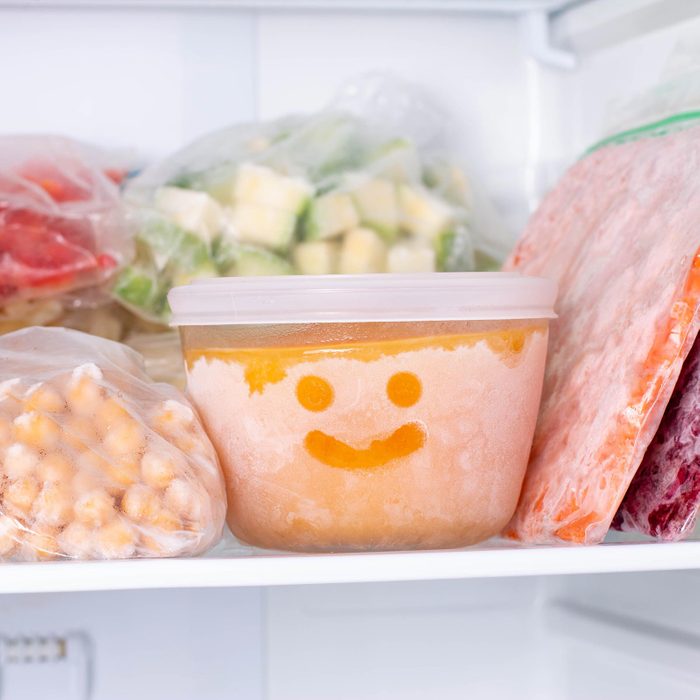
Frozen Produce
Again, any frozen produce should naturally be kept in the freezer, not the cupboard, but the same expensive berries and greens become instantly cheaper when frozen. As produce is typically frozen at peak ripeness, frozen fruits and veggies will retain all of their vitamins and minerals for a fraction of the cost. Even better, some frozen vegetables, like spinach, come in much higher quantities when frozen so you get more bang for your buck.

